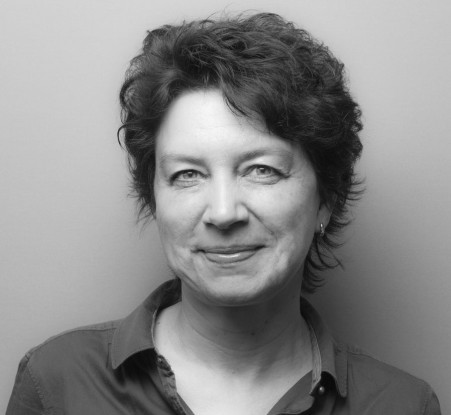The framework allows the creation of architectural games where players are given a goal and insufficient resources to achieve it. They advance in the game by building shapes out of Minecraft blocks, choosing from a predefined catalogue of architectural items. While players compete to reach the goal, a building emerges out of the shapes that they have built. Player creations can be exported to Rhino/Grasshopper for further analysis or to be turned into wooden models by our UR10 robot Ginger.
Our team used 20.000 BLOCKS to create the IBA_GAME for IBA Heidelberg. 20.000 BLOCKS has been published in Wired Germany and featured on the TV channel ARTE. The project has been presented at events and conferences around the world such as CEBIT, SmartGeometry, ACADIA and the World Design Symposium.
20.000 BLOCKS is developed by Anton Savov within his research on crowdsourced and massively-collaborative design at the DDU. Ben Buckton has contributed significantly to 20.000 BLOCKS both conceptually and in code.
Team
Project leader: Anton Savov
Ben Buckton
Jörg Hartmann
Sebastian Kotterer
Ginger The Robot Arm
Publications and Projects
You can learn more about the project in the publications:
-------------------
Savov, Anton; Tessmann, Oliver
Introduction to Playable Voxel-Shape Grammars
Proceedings of the 37th Annual Conference of the Association for Computer Aided Design in Architecture (ACADIA), pp. 534–543, Cambridge, 2017.
https://www.researchgate.net/publication/330546116_Introduction_to_Playable_Voxel-Shape_Grammars
-------------------
Savov, Anton; Buckton, Ben; Tessmann, Oliver
20,000 Blocks: Can gameplay be used to guide non-expert groups in creating architecture?
ACADIA 2016: POSTHUMAN FRONTIERS: Data, Designers, and Cognitive Machines [Proceedings of the 36th Annual Conference of the Association for Computer Aided Design in Architecture (ACADIA)], pp. 24–33, Ann Arbor, 2016.
http://papers.cumincad.org/data/works/att/acadia16_24.pdf (wird in neuem Tab geöffnet)
-------------------
As well is in the student work:
HABITAT 1000, Digital Design Studio, Summer Term 2018
-------------------
Rui Nong
Assembly with Robots
Link: https://ddu-research.com/assembly-with-robots/
-------------------
Nicolas Ceulaers, Mingquan Ding, Timotheus Krzywik
URBAN MINEOPOLIS


















